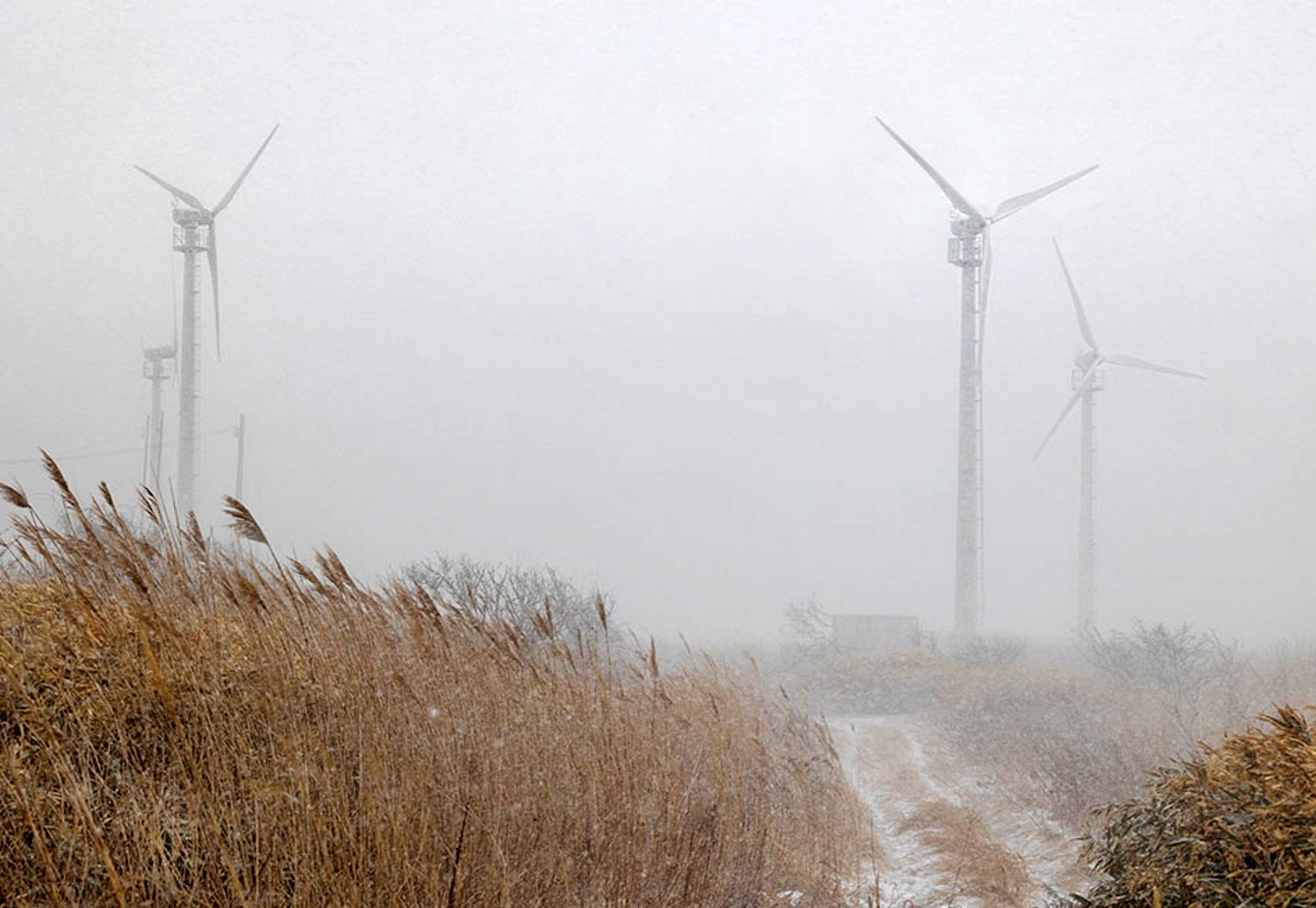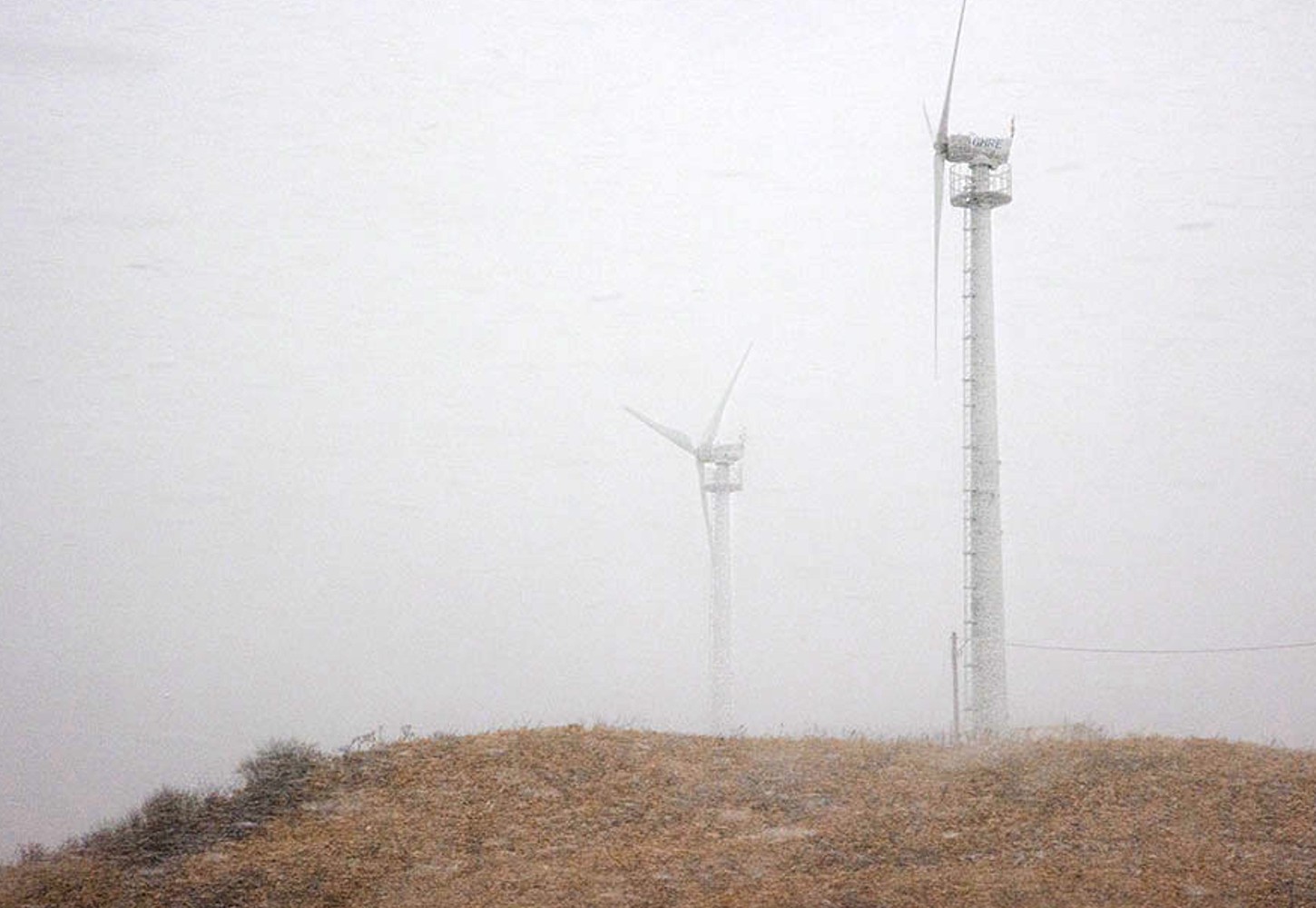Suiyu Column: Current Status and Challenges of Wind Power Generation in Japan

While various countries are moving toward using renewable energy as their main power source, wind power generation is expected to be economically viable as the cost of power generation is declining internationally. In the future, more and more wind power generation is expected, but I would like to explain the current situation and issues of wind power generation in Japan in this article.
Current status of wind power generation in Japan
First, what is the current state of wind power generation in Japan? I will explain it in comparison with the current state of the world.
1: What is the current percentage of wind power generation? how does it compare to the world
The ratio of renewable energy to power generation in Japan is 18% (2019 data). The breakdown is 6.7% for solar, 0.7% for wind, 0.3% for geothermal, 7.8% for hydro, and 2.6% for biomass.
Reference: Agency for Natural Resources and Energy, “Summary of Basic Energy Plan”
On the other hand, the share of renewable energy in the world’s electricity generation is 28%. The breakdown shows 3.2% for solar, 5.9% for wind, 16% for hydro, and 2.6% for geothermal and biomass combined.
Reference: “Statistical Review of World Energy 2021”
As mentioned above, in Japan, wind power accounts for about 10% of solar power, indicating that the current situation is biased toward solar power. On the other hand, wind power is about 1.8 times stronger than solar power in the world.
From the above figures, we can see that the introduction of wind power generation is not progressing in Japan, contrary to the situation in the world.
2: Progress in introducing renewable energy in Japan
Under the FIT system for surplus solar power from 2009 and the FIT system for all types of solar power from 2021, the installed capacity of solar power generation will increase approximately 16 times to 6,100 in the 10 years from FY2010 to FY2020. 10,000 kW. As a result, renewable energy power generation facilities have reached 76 million kW (excluding large-scale hydroelectric power generation).
On the other hand, the cumulative installed capacity of wind power generation is 4.5 million kW (mostly onshore wind power), which has increased by about 1.8 times in 10 years, remaining at 1/14th of the installed capacity of solar power generation.
What’s is the FIT system?
Under the FIT system for surplus solar power from 2009 and the FIT system for all types of solar power from 2021, the installed capacity of solar power generation will increase approximately 16 times to 6,100 in the 10 years from FY2010 to FY2020. 10,000 kW. a result, renewable energy power generation facilities have reached 76 million kW (excluding large-scale hydroelectric power generation).
On the other hand, the cumulative installed capacity of wind power generation is 4.5 million kW (mostly onshore wind power), which has increased by about 1.8 times in 10 years, remaining at 1/14th of the installed capacity of solar power generation.
3: Why is the introduction of wind power not progressing?
The installed capacity approved as a business under the FIT system, which started in July 2012, has reached 107 million kW by the end of FY2020, including the transition approval from before the FIT system started.
Of this, more than 15 million kW of wind power generation has been certified as a business, including transition certification, but only about 4.4 million kW, or about 30%, has started operation.
As a background, wind power generation requires time before the project is introduced, as it requires coordination with the local community, environmental assessment, and various regulations and restrictions for the site.
In addition, it has been pointed out that the number of suitable sites for the introduction of onshore wind power generation in plain areas, which are easy to develop, is decreasing, and there is no more room for connection to the power grid from places suitable for wind power generation.
As for the ocean, compared to other countries where the sea is shallow and shallow, Japan’s coastal areas are characterized by rapid depth and complexity, which makes it difficult to introduce them.
Toward the solution of issues: About the 6th Strategic Energy Plan

The Basic Energy Plan, which summarizes the medium- to long-term basic policies for energy in Japan, was approved by the Cabinet in October last year.
Japan’s energy policy has the following important guidelines:
・Safety is the premise
・Energy Security
・Low-cost energy supply by improving economic efficiency
・Conformity to the environment (Environment)
The general term “S + 3E” is used from the above initials, and based on S + 3E, the 6th Basic Plan states that the following efforts regarding wind power generation will be promoted (partially excerpt).
Securing suitable land and coordinating with the region
Expand the introduction of solar power and onshore wind power by setting renewable energy promotion zones (positive zoning) based on the revised Act on Global Warming Countermeasures, accelerate the formation of offshore wind power projects based on the Renewable Energy Sea Area Utilization Act, and conduct assessments to facilitate the introduction of wind power generation. rationalize and streamline regulations.
Overcoming grid constraints
Strengthen the trunk system, secure a system for efficient transmission from suitable areas such as Hokkaido, Tohoku, and Kyushu to large consumption areas, secure adjustment power to respond to output fluctuations, and utilize grid-side storage batteries, etc. .
Summary
As mentioned above, the current situation of wind power generation in Japan still has many issues, but the country is making efforts to make renewable energy the main power source.
In promoting these, it is necessary to make efforts more active in the private sector as well.
At Suiyu Co., Ltd., we consistently respond from site selection to provision of safe and secure facilities through accurate research and accumulation of know-how. In particular, we have recorded the highest level of power generation in the small wind power plants that we have installed in the past.
For inquiries about the wind power generation business, please contact us using our form.
- Completed registration as a retail electricity supplier
- Suiyu Column: Explains the characteristics of wind power generation. About advantages and disadvantages
新着記事
お知らせ一覧-
Iwate Prefecture : Solar low-voltage power plant development completed
-
Aomori Prefecture, Akita Prefecture, Hukusima Prefecture, Tochigi Prefecture, Ibaraki Prefecture, Chiba Prefecture, Kagoshima Prefecture : Solar low-voltage power plant development completed
-
Iwate Prefecture, Aomori Prefecture, Ibaraki Prefecture, Chiba Prefecture, Yamaguchi Prefecture, Nagasaki Prefecture : Solar low-voltage power plant development completed
-
Iwate Prefecture, Aomori Prefecture, Ibaraki Prefecture, Yamaguchi Prefecture : Solar low-voltage power plant development completed
-
Aomori Prefecture, Ibaraki Prefecture, Yamaguchi Prefecture : Solar low-voltage power plant development completed
